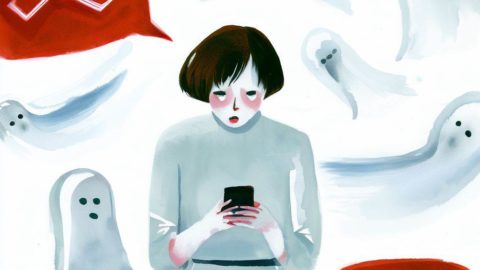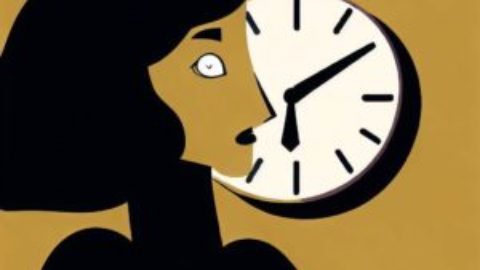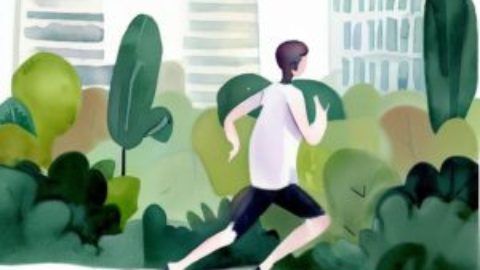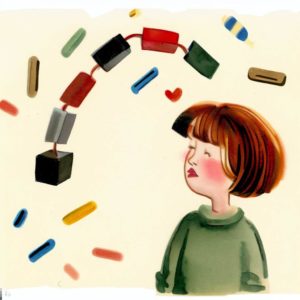
Hey there! Have you ever wondered why certain relationships seem to be a rollercoaster of emotions, while others are as placid as a serene lake? Turns out, it’s not random. It has a lot to do with our ‘attachment styles’. The odd thing is, two seemingly mismatched styles – anxious and avoidant – often find themselves drawn to each other. Curious to know why? Buckle up and let’s dive in!
Anxious Vs. Avoidant: The Odd Couple
To crack this conundrum, let’s first get to grips with what these ‘anxious’ and ‘avoidant’ attachment styles mean.
People with an ‘anxious’ attachment style are often on the lookout for signs of danger in their relationships. They seek constant reassurance from their partners and fear being abandoned. Picture your friend who double or triple checks if the gang is meeting for movie night.
On the other hand, people with an ‘avoidant’ attachment style are like the mystery lovers in the movies. They are fiercely independent, avoid emotional entanglement, and prefer to maintain some distance in their relationships. Quite the contrast to the anxious ones, right?
Why the Attraction, Though?
Here’s where things get fascinating. These opposing styles often end up attracting each other like magnets. It’s a classic dance of ‘opposites attract’ – the anxious type seeks validation and emotional closeness, while the avoidant type craves emotional space.
- The anxious person typically admires the avoidant partner’s self-sufficiency and independence – qualities they wish to imbibe themselves.
- The avoidant partner, on the other hand, finds the emotional openness and sincerity of the anxious partner intriguing, characteristics they usually suppress.
This often leads to a cyclical dynamic. The anxious partner’s need for closeness can trigger more withdrawal from the avoidant partner, leading to an emotional seesaw.
Turning the Tables: From Challenges to Opportunities
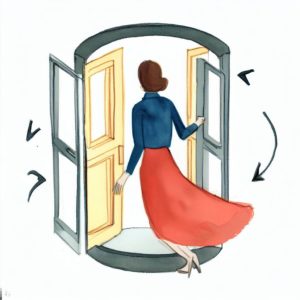
However, it’s not all gloom and doom. With self-awareness, mutual understanding, and sometimes, professional guidance, such relationships can thrive. The key lies in recognizing and understanding your and your partner’s attachment styles and learning to manage the differing needs. It takes some work, but the outcome is a well-rounded, rewarding relationship.
So, What’s the Bottom Line?
Wrapping it up, the relationship between anxious and avoidant attachments can feel like a rollercoaster. It’s filled with challenges, but each hurdle is an opportunity for growth and deepening your relationship. And recognizing this dynamic? That’s your first step towards a more secure, fulfilling relationship.

